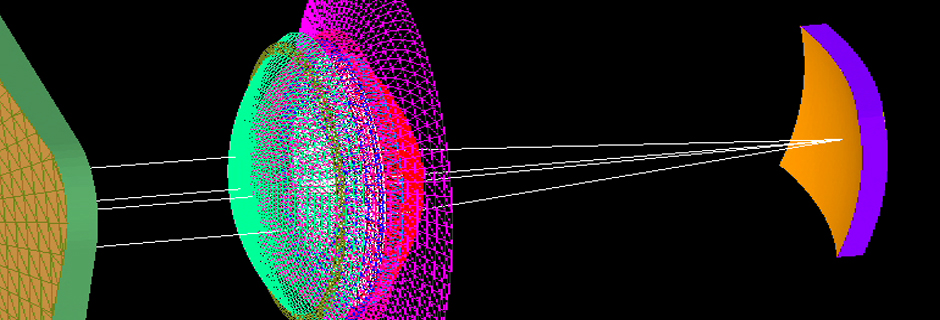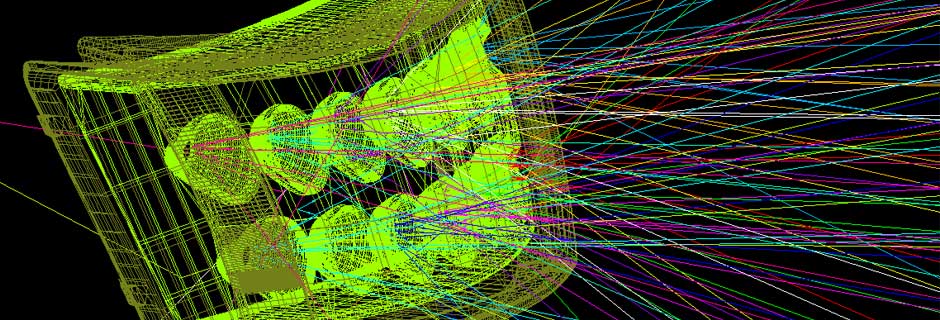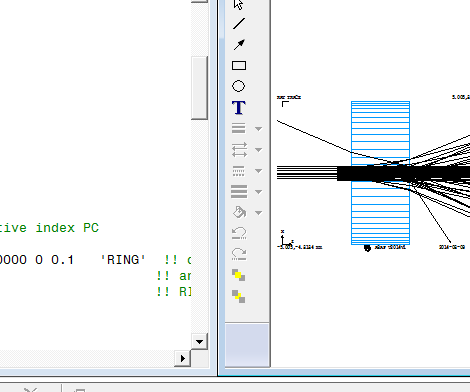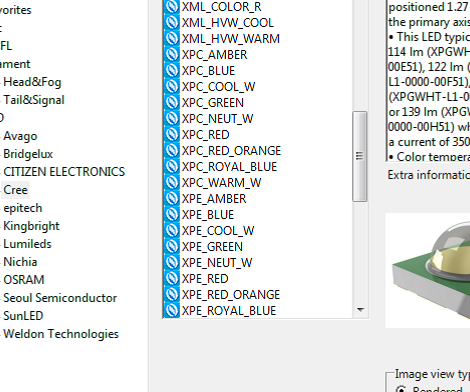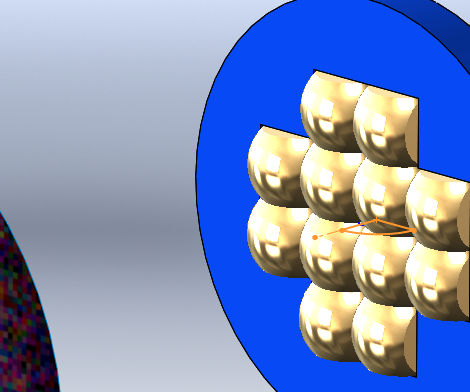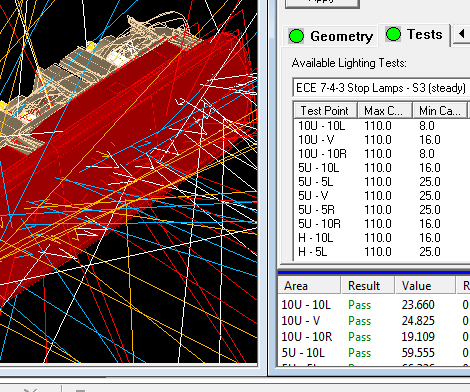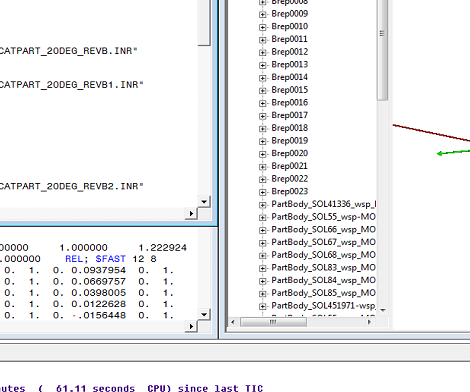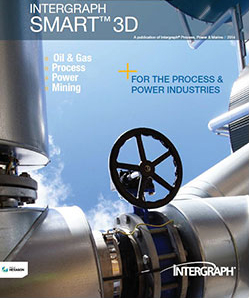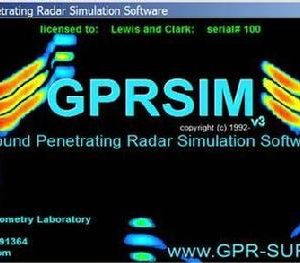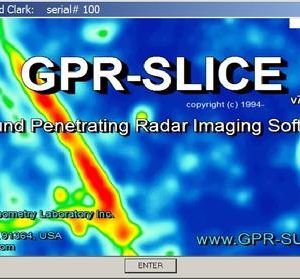ASAP Pro
$ 150.00
ASAP® is the time-proven industry standard in optical software, offering optical-system designers unmatched capability, flexibility, speed, and accuracy. ASAP accurately predicts the real-world performance of automotive lighting, bio-optic systems, coherent systems, displays, imaging systems, lightpipes, luminaires, and medical devices.
Description
Capability
The product of more than 30 years of continuous development, ASAP is able to simulate the physics of more optical systems than any other program available. ASAP unites geometrical and physical optics with full 3D models of optical and mechanical systems. Built-in graphical tools allow visualization of model geometry, ray-trace details, and results analysis. ASAP handles it all, including scattering, diffraction, reflection, refraction, absorption, polarization, and Gaussian beam propagation.
Flexibility
ASAP is now interoperable with many CAD programs. ASAP can be configured to open native CAA V5 CATIA® files from the program by Dassault Systemes, to write ASAP-specific GTX files from within SolidWorks®, the program by SolidWorks Corp., to write ASAP-specific IGES files from within Rhinoceros®, the program by McNeel & Associates, and to import IGES files from other CAD programs — numerous options for accurate, seamless geometry transitions into ASAP.
ASAP is also able to import (and export) complex vector field distributions from the finite-difference, time-domain code FDTD Solutions™, by Lumerical. Together, ASAP and FDTD Solutions are able to handle both macroscopic optical systems and microstructures in an elegant manner. No other software combination spans such a large optical space.
Speed
The speed-optimized ASAP non-sequential ray-tracing engine is the fastest available, and without the accuracy-compromising surface approximations of other programs. Model almost any conceivable geometry in a single working model, and analyze the behavior of your system in hours instead of weeks.
Accuracy
Optical system designers in 35 countries rely on ASAP for virtual prototyping with great accuracy and confidence. ASAP will model the finest details, which means you can depend on your simulation results to mirror real-world performance.
ASAP Benefits
With ASAP, you get the most sophisticated software program available for creating optical solutions in-house — everything you need to create without compromise and reduce your product development timeline.
Benefits
- Comprehensive modeling capabilities for producing groundbreaking, innovative optical designs without costly experimental prototyping iterations
- Exclusive interoperability features to address a whole range of problems inaccessible with other software programs
- The fastest non-sequential ray-tracing engine available
- Results you can count on every time
ASAP PRO
This PRO edition of ASAP is everything you need to turn your creative visions into working prototypes, taking into consideration the most complex of optical phenomena and interoperability challenges.
ASAP PRO Features

As the name implies, ASAP PRO is for your toughest optical engineering challenges
ASAP® PRO combines the design power in the standard edition of ASAP with sophisticated features for modeling coherent systems, including Gaussian beam propagation, finite-difference beam-propagation, double-precision ray tracing, and polarization ray tracing. The resulting package is everything you need to turn your creative visions into working prototypes, taking into consideration the most complex of optical phenomena and interoperability challenges.
In addition to fully-featured CAD interoperability and wave optics power, ASAP PRO will import lens-design application files from CODE V®, OSLO®, SYNOPSYS™, and ZEMAX®, and is interoperable with the finite-difference time-domain code FDTD Solutions™. Together, ASAP and FDTD Solutions handle both macroscopic systems and microstructures in an elegant manner — a first in the optics industry. No other software combination spans such a large optical space.
ASAP PRO includes a distributed-processing capability allowing you to complete big design jobs in a fraction of the time required by other tools — spawn up to 5 additional ASAP sessions on your Local Area Network (LAN), without leaving your desk.
Key ASAP PRO Features
- NEW Run ASAP on 64-bit Windows Vista/7 Business and Ultimate Editions
- NEW Model both TIR and scatter at rough surface interfaces
- NEW Define nonlinear system object arrays using the ARRAY command
- NEW Create Abg (linear-shift invariant) and K-Correlation scatter models
- ENHANCED Use sources by Bridgelux, Cree, Lumileds, Nichia, and OSRAM
- ENHANCED Use the enhanced ZEMAX-to-ASAP translator to create INR files
- Build system models requiring large numbers of objects and sources
- Model optical and mechanical system components
- Model imaging systems, illumination systems, and light-concentrating devices
- Model visible, ultraviolet, and infrared radiation in optical systems
- Model surface (BRDF) and volume scatter (pre-defined or custom)
- Model propagation in optical fibers and fiber coupling
- Model radiometry of complex systems, including radiance
- Visualize, analyze, and monitor light distributions using conformal radiometry
- Model polarization and coherent effects in optical systems
- Characterize liquid crystal materials using the ASAP Liquid Crystal Cell (LCC)
- Define uniaxial materials with the ASAP General Uniaxial Medium (GUM)
- Simulate devices and track polarization information in Stokes-vector mode
- Model components that alter degree and state of polarization as MUELLER devices
- Model display backlight units with polarization recycling
- Render system geometry, raytraces, and light sources
- Propagate and analyze wavefronts using Gaussian-beam decomposition
- Propagate in microstructures using the ASAP beam-propagation method
- Perform double-precision ray traces and analyze individual ray histories
- Perform numerical and graphical CIE/Chromaticity analyses
- Optimize optical systems with the ASAP Optimization interface
- Save, review, and resume optimizations in progress with ASAP .osf files
- Tolerance optical systems in the ASAP Builder interface or scripts
- Import systems from CODE V®, OSLO®, SYNOPSYS™, and ZEMAX®
- Import/export complex vector-field distributions from FDTD Solutions™
- Import measured source data such as Radiant Sources™
- Import/Export Photometric Data in EULUMDAT and IES LM-63-02
- Import data from images using the BRO Digitizer™
- Use SolidWorks® 3D CAD software with ASAP (license optional)
- Write ASAP-specific GTX files from within SolidWorks
- Assign object and layer names in SolidWorks
- Write ASAP-specific IGES files from within Rhinoceros®
- Import/Export IGES files using the ASAP smartIGES™ translator
- Import geometry and optical properties using the XML file format
- Integrate scripts in Python, VBscript, Jscript, and other languages
- Use pre-defined LED, CCFL, incandescent, and arc sources
- Drag-and-drop sources, lenses, glasses, scatter models, and coatings
- Begin your simulation with one of 600+ example files
- Perform distributed processing tasks using the enhanced REMOTE
- Create your own custom workspace within ASAP


